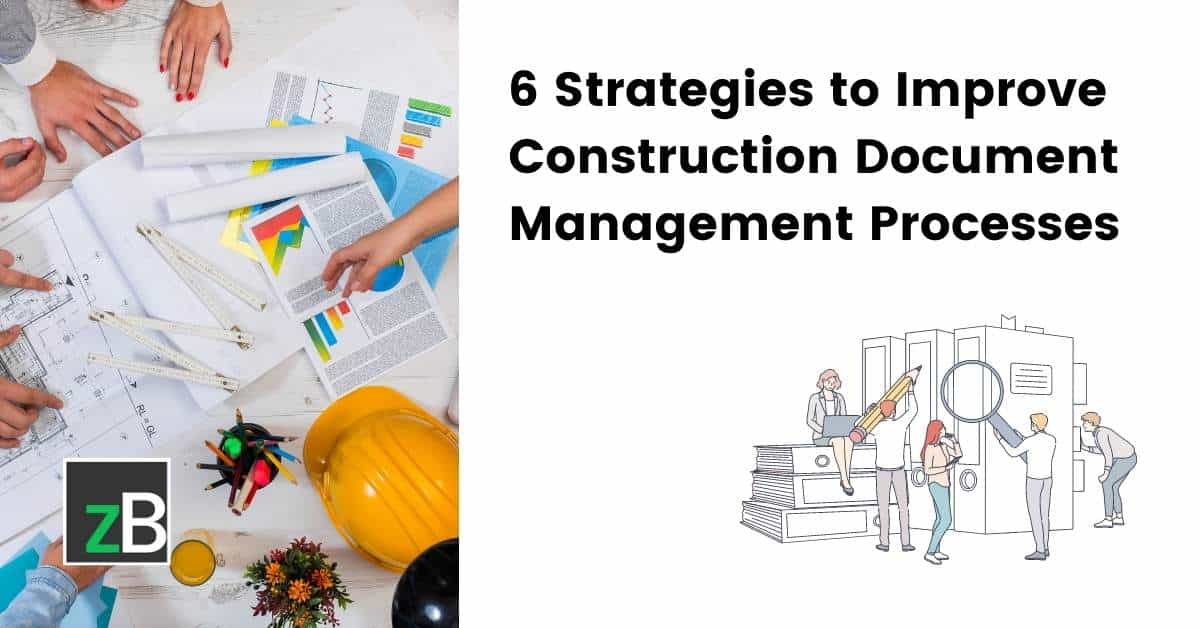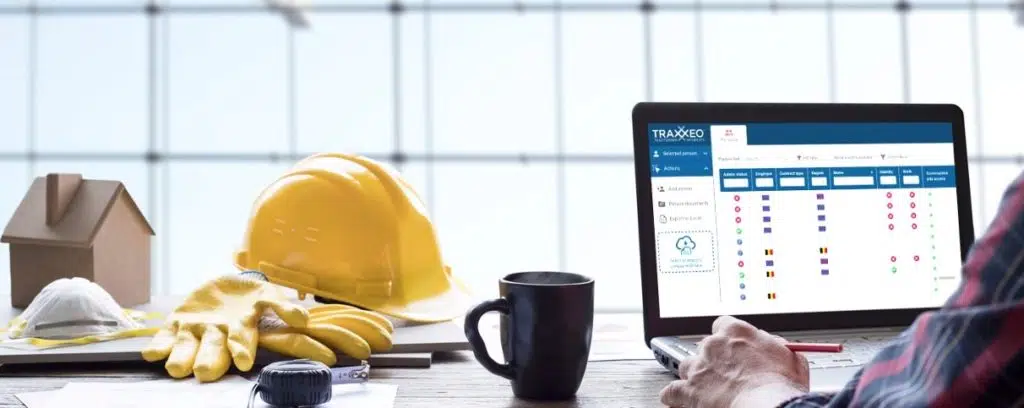Streamline Cooperation: The Power of Construction Document Management Equipment
Streamline Cooperation: The Power of Construction Document Management Equipment
Blog Article
Engineer's Guide to Simplifying Construction Record Management for Reliable Project Implementation
In the intricate globe of design and construction, the effective management of project documents stands as a cornerstone for success. Architects are tasked with handling a myriad of drawings, agreements, reports, and requirements, all essential parts for bringing a job to fruition. However, the process of organizing, sharing, and keeping these files can typically end up being a labyrinth of ineffectiveness and problems if not dealt with carefully. By checking out systematic approaches, innovative tools, and market best techniques, designers can not just improve their document administration processes yet additionally lead the method for a lot more efficient project implementation. Let's browse through the key approaches and solutions that can reinvent how designers take care of building documents, making certain projects are provided with precision and timeliness.
Significance of Reliable File Management
Why is effective paper administration vital for architects in the building sector? Effective file monitoring is essential for engineers in the building sector as it plays an essential duty in making certain the successful implementation of tasks. Designers deal with a substantial range of documents, ranging from style drawings and specs to licenses and agreements. Proper company and management of these records are imperative to keep job timelines, make certain conformity with guidelines, and assist in reliable interaction amongst task stakeholders.

Effective file monitoring enables engineers to accessibility important details quickly, track task development accurately, and reduce risks related to errors or noninclusions. By implementing streamlined paper monitoring procedures, architects can enhance collaboration with clients, specialists, and other employee, bring about enhanced task outcomes and customer contentment.
Additionally, effective document management helps engineers keep an extensive job background, allowing them to utilize past experiences and lessons found out for future tasks. In today's hectic building market, where prompt decision-making and details sharing are paramount, efficient file monitoring is a keystone for success.
Methods for Improving File Organization
Reliable document administration practices not just make sure project success for architects in the building market however additionally lay the foundation for applying techniques for enhancing paper organization. To improve document company successfully, designers must initially develop a clear identifying convention for data and folders. Consistency in calling files based upon project stages, paper types, and pertinent info will certainly help with simple retrieval and reduce confusion.
Using cloud-based storage space remedies can likewise improve file organization by offering a centralized location for all project-related files - construction document management. This allows team members to access the most up-to-date files from anywhere, promoting cooperation and performance. Carrying out variation control mechanisms better improves record company by tracking changes, preventing contrasting edits, and ensuring that the most up to date versions are constantly offered
In addition, producing a logical folder structure with designated subfolders for different file groups, such as specifications, illustrations, and agreements, can simplify file management procedures. On a regular basis assessing and removing obsolete or redundant documents will certainly help keep a lean and well organized document database, eventually boosting performance and job outcomes.
Leveraging Modern Technology Equipment for Cooperation
In the realm of modern-day architecture, designers are increasingly counting on advanced technology tools to cultivate smooth collaboration among task stakeholders. Leveraging technology for cooperation streamlines interaction, enhances efficiency, and boosts general project outcomes. Cloud-based systems such as BIM 360 and Procore enable real-time access to job documents, making it possible for designers, clients, and professionals to collaborate effectively despite their physical location. These devices facilitate concurrent modifying, variation control, and immediate updates, lowering errors and hold-ups triggered by miscommunications.
Virtual style and construction (VDC) software like Revit and AutoCAD Architecture allow engineers to develop go to website thorough 3D designs that can be shared and modified collaboratively. This real-time partnership boosts design precision, visualization, and sychronisation, leading to far better decision-making throughout the project lifecycle. Additionally, interaction tools like Slack and Microsoft Teams provide instantaneous messaging, data sharing, and video clip conferencing abilities, promoting smooth communication amongst employee and stakeholders.
Ensuring Precision and Version Control

Reliable version control additionally aids in handling document approvals and guaranteeing that only licensed workers make adjustments. Designers must establish clear protocols for recording changes, consisting of timestamps and user identification, to develop an audit path for accountability. Routinely connecting with the project group concerning version updates and adjustments is necessary to avoid confusion and preserve placement throughout the construction procedure.
Best Practices for Paper Sharing and Accessibility
Having established a durable system for version control in building record management, engineers can now focus on enhancing file sharing and access methods to enhance partnership and efficiency amongst task stakeholders. Among the most effective methods for effective record sharing is to utilize cloud-based platforms. These platforms use real-time accessibility to task documents, allowing staff member to see, modify, and discuss files concurrently. By streamlining documents in a cloud setting, designers can ensure that all stakeholders are collaborating with one of the most up-to-date information.
Additionally, executing role-based access control is important for maintaining information security while facilitating cooperation. Appointing different permission degrees to staff member ensures that delicate info is only obtainable to licensed personnel. Frequently updating gain access to consents based upon job needs and team adjustments is vital for maintaining information integrity.
Incorporating job management software program with file sharing systems can likewise simplify process. This integration permits seamless interaction, task tracking, and record administration within a single user interface, lowering the need to switch over between several tools. By adhering to these best methods, architects can produce an extra efficient and joint record sharing environment, eventually leading to successful project execution.

Final Thought
Finally, efficient building and construction record administration is vital for successful project implementation. By implementing strategies for organization, leveraging innovation tools for cooperation, ensuring accuracy and variation control, as well as complying with best techniques for document sharing and access, engineers can enhance their workflow and boost general task performance. Focusing on these aspects of record administration will certainly result in look at here smoother task execution and better results for all stakeholders entailed.
Reliable file management is necessary for engineers in the construction sector as it plays a pivotal duty in making certain the effective implementation of jobs. construction document management. Correct organization and administration of these records are crucial to preserve job timelines, ensure compliance with laws, and facilitate efficient communication amongst project stakeholders
Effective record management methods not just make sure project success for architects in the building sector yet also lay the foundation for implementing methods for simplifying document organization. One crucial method is developing a centralized file repository where all team members can access the most current variations of illustrations, specs, and other job papers.Having actually developed a durable system for version control in building and construction record monitoring, designers can now focus on optimizing document sharing and accessibility techniques to enhance collaboration and efficiency among job stakeholders.
Report this page